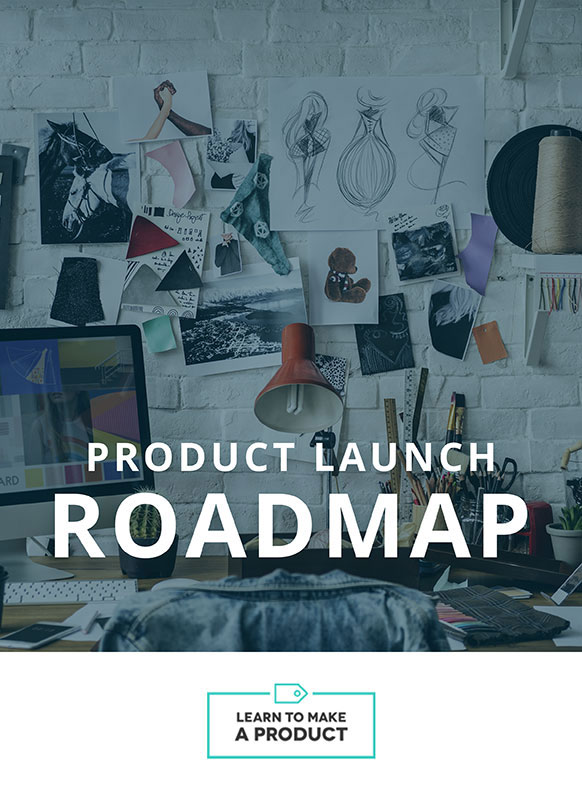This article originally appeared on our Forbes blog
A well-developed brand engenders feelings of affinity, belonging, and trust. It communicates a specific set of values–think quality, health, convenience, and more–so that a customer is ultimately motivated to make a purchase, preferably more than once! Many companies are great at this type of brand-building, but few take it a step further to focus on building a movement.
In simple terms, this means building a business that is capable of changing societal norms, beliefs or behaviors, while simultaneously selling products. By aligning with a movement and not just a brand identity, companies have the opportunity to inspire both purchasing and positive social change.
Mamava, a start-up that sells “nursing pods” for offices and public spaces, is an excellent example of a company building a movement on top of a brand. Their product line consists of pre-fabricated, freestanding spaces that allow women to pump or breastfeed while at work or on the go. You might find one of their colorful pods in a corporate office, a concert stadium, on a school campus, or at a trade show.

While the product line provides much-needed comfort and privacy for moms (whose only option is often a cramped restroom stall!), the Mamava brand aims to be more than a practical solution to the challenge of nursing in public. Instead, their bigger goal is to “transform the culture of breastfeeding” and change collective attitudes (and policies) around the act itself. Through the growth of their business, Mamava wants to normalize breastfeeding and make the world more accommodating to nursing moms.
Here are four ways Mamava is successfully building a movement around their products, with takeaways that can be applied to any business:
Use Movement-Building Language
Mamava’s mission statement to change the culture of breastfeeding clearly communicates their vision for social change. This is not the only place the brand uses “movement-building language” however. When speaking about their inspiration for starting the company, founders Christine Dodson and Sascha Mayer regularly cite the sentiment that “nursing should be a right, not a privilege.” When you sign up for Mamava’s newsletter you’re invited to “Become a Lactivist.” Such verbiage, when used consistently across platforms, reminds customers that they are aligning with something greater than the company itself.
